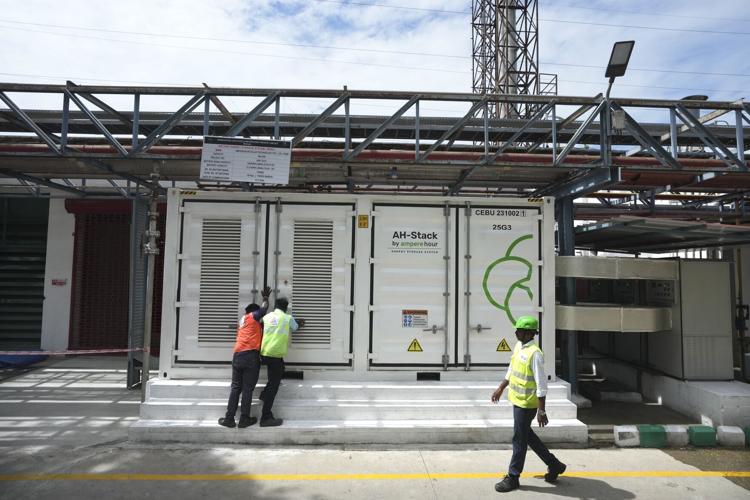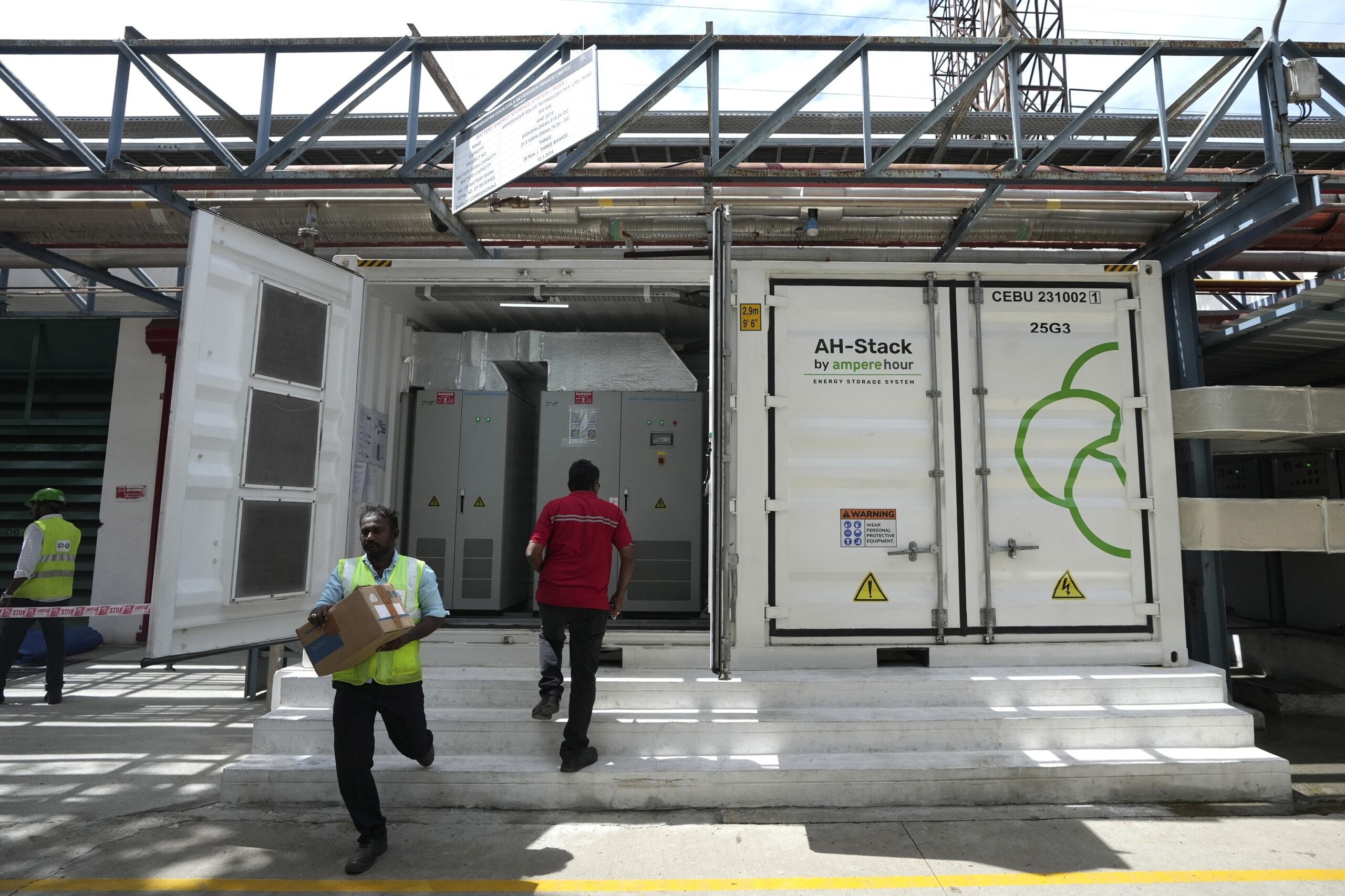At a Coca-Cola factory near Chennai in southern India, a large battery system has replaced a diesel generator, highlighting a shift towards cleaner energy solutions. This facility is among the few in India utilizing battery storage technology, which is crucial for transitioning from fossil fuels.
The use of batteries to store electricity generated by renewable sources, such as wind and solar, is gaining traction, though it still constitutes a small fraction—0.1%—of global battery storage systems. Despite its modest share, India’s battery storage sector is expanding rapidly, with a significant portion of its infrastructure coming online this year.
India currently possesses around 100 megawatts of battery storage capacity, supplemented by 3.3 gigawatts from hydropower. The government anticipates a need for approximately 74 gigawatts of energy storage, including batteries, by 2032, although experts suggest that the actual requirement might be twice that figure.
The growth in battery storage is driven by increasing orders and investments from companies like Amperehour Energy, reflecting a burgeoning interest in this sector despite some challenges.

Coca-Cola Factory in India Switches From Diesel to Battery Storage, Marking a Shift to Cleaner Energy
While the adoption of battery storage technology is on the rise, it faces hurdles. Some customers remain skeptical due to higher costs compared to traditional coal energy, and the battery supply chain’s dependence on China adds geopolitical risks.
Nevertheless, major investments from Indian businesses, such as Reliance Industries and Goodenough Energy, indicate a strong belief in the potential of battery storage. These investments are crucial as they align with the broader goal of enhancing India’s energy infrastructure.
An energy analyst, Alexander Hogeveen Rutter, emphasizes that combining clean energy with adequate storage can effectively replace coal-based power.
He challenges the notion that clean energy is inherently more expensive, pointing out that renewable energy paired with storage can be cheaper than new coal plants. As global battery costs decrease, storage systems are expected to compete more effectively with both traditional and renewable energy sources.
India’s energy demands are rapidly increasing due to a growing population and rising temperatures. The International Energy Agency forecasts a 6% annual growth in electricity demand over the next three years. To address this, India’s renewable energy deployment must be significantly accelerated.
Efforts are underway to make battery storage more flexible and integrated with the national grid, and the government has pledged support through a $452 million initiative. Future policies could further enhance the viability of clean energy storage, potentially transforming the country’s energy landscape.











































